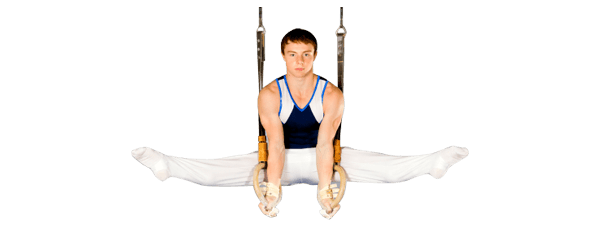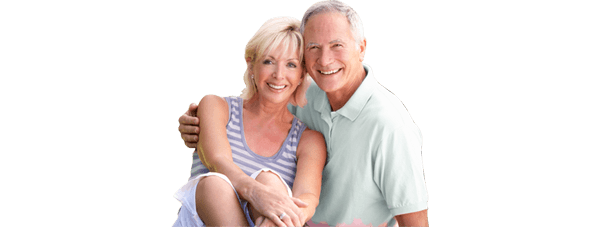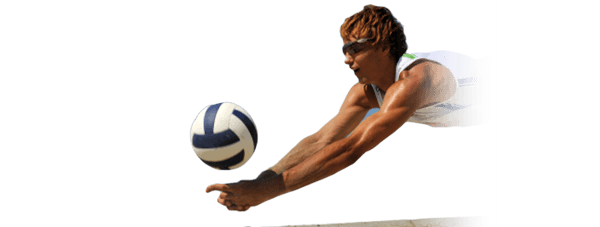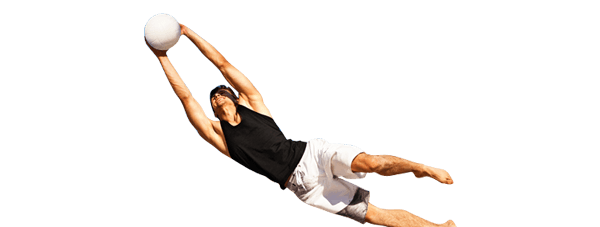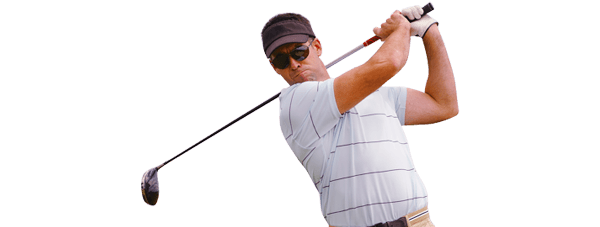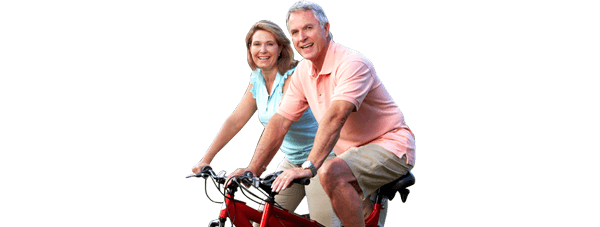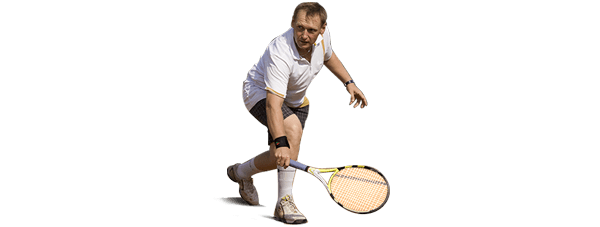UCL Reconstruction
The ulnar collateral ligament (UCL) is one of the main stabilizing ligaments in the elbow and is involved especially with overhead activities such as throwing and pitching. When this ligament is injured it can end a professional athletes career unless surgery is performed. The common sports activities that may cause UCL injury are
- Tennis
- Javelin throwing
- Pitching sports
- Fencing
- Painting
Other than sports, the common causes for UCL insufficiency are trauma and post-dislocation injuries. UCL injuries occur most often from repetitive overheard activities. The repetitive activity can cause microscopic tears and inflammation to the ligament eventually tearing completely.
Signs and symptoms of UCL injury can include the following:
- A popping sound may be heard when engaging in overhead throwing activities. This is the ligament tearing.
- Inability to continue throwing sports.
- Elbow pain on the inner or medial side that appears suddenly or gradually
- Achy pain to the inner side of the elbow with overhead throwing activity
- Numbness and tingling sensation to the ring finger and little finger.
- Pain may radiate to the inner forearm, hand or wrist.
The first surgery to repair a UCL injury was performed in 1974 to Tommy John, a famous pitcher at that time. As a result, you may hear the term “Tommy John surgery” when discussing UCL reconstruction surgery. Your physician will confirm the diagnosis of UCL insufficiency by collecting medical history, performing physical examination and diagnostic tests such as X-rays or MRI scans.
Your physician will recommend conservative treatment options to treat the symptoms associated with UCL injury unless you are a professional or collegiate athlete. In these cases, if the patient wants to continue in their sport, surgical reconstruction is performed.
Conservative treatment options that are commonly recommended for non-athletes include the following:
- Activity Restrictions: Limit use and rest the arm from activities that worsen symptoms.
- Orthotics: Splints or braces may be ordered to decrease stress on the injured tissues.
- Ice: Ice packs applied to the injury will help diminish swelling and pain. Ice should be applied over a towel to the affected area for 20 minutes four times a day for a couple days. Never place ice directly over the skin.
- Medications: Anti-inflammatory medications and/or steroid injections may be ordered to treat the pain and swelling.
- Physical Therapy: PT may be ordered for strengthening and stretching exercises to the forearm once your symptoms have decreased.
- Pulsed Ultrasound: A non-invasive treatment used by therapists to break up scar tissue and increase blood flow to the injured ligament to promote healing.
- Professional instruction: Consulting with sports professional to assess and instruct in proper swing technique and appropriate equipment may be recommended to prevent recurrence.
If conservative treatment options fail to resolve the condition and symptoms persist for 6 -12 months, your surgeon may recommend UCL Reconstruction surgery, also called Tommy John surgery, which involves replacing the torn ligament with a tendon from elsewhere in the body or from the cadaver. The most frequently used tissue is the Palmaris longus tendon in the forearm.
UCL Reconstruction surgery is performed in an operating room under local or general anesthesia.
- Your surgeon will make an incision over the medial epicondyle area.
- Care is taken to move muscles, tendons and nerves out of the way.
- The donor tendon is harvested from either the forearm or below the knee.
- Your surgeon drills holes into the ulna and humerus bones.
- The donor tendon is inserted through the drilled holes in a figure 8 pattern.
- The tendon is then attached to the bone surfaces with special sutures.
- The incision is closed with sutures and covered with sterile dressings. A splint is applied with the elbow flexed at 90 degrees.
After the surgery, you might be advised for a regular follow-up and also for rehabilitation program for better and quicker recovery.













